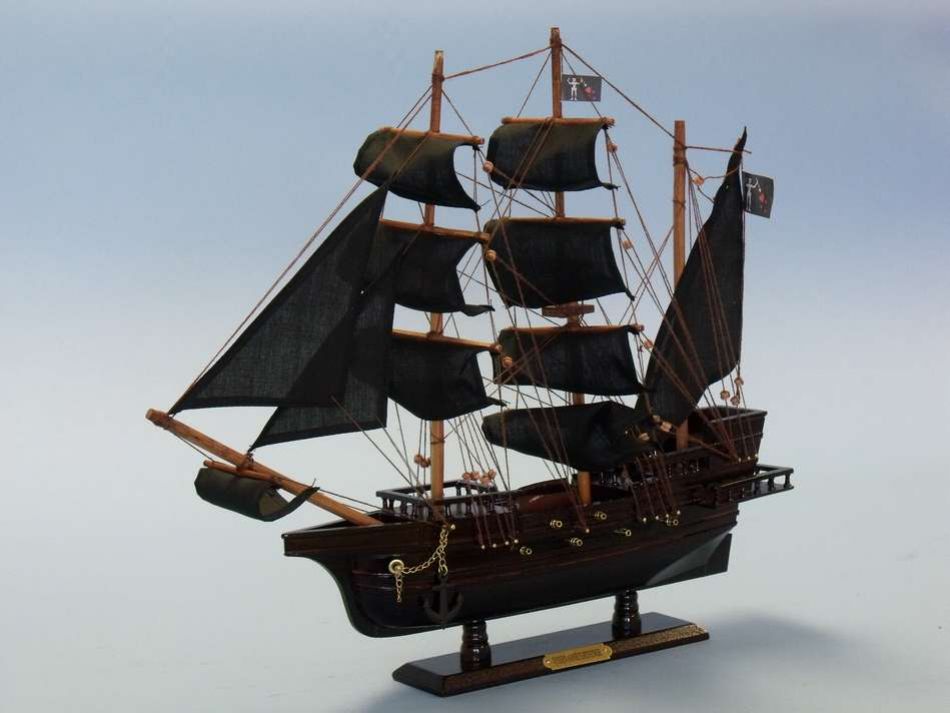
The ship model is then scratch-built by master craftsmen, using her original plan and photographs. The construction process begins with extensive research and planning, to ensure that the ship model is replicated as accurately as possible. Making of the Queen Anne ’ s Revenge Ship Model Many of the artefacts from this shipwreck have been preserved at North Carolina’s Maritime museum, which is open to the public. The Queen Anne’s Revenge was not found until 1996, when a shipwreck off the coast of North Carolina was discovered to be hers. Shortly after he surrendered and but later returned to piracy and was killed by pirate hunters in 1718. Blackbeard made an escape onto a smaller ship, leaving most of his pirates to defend themselves. During this blockade, the Queen Anne’s Revenge hit a sandbar and the crew had no choice but to abandon her. Shortly after this, Blackbeard attempted to enter Beaufort Inlet, In North Carolina. In 1718, the Blackbeard carried out a blockade at the port of Charleston for a week. Following this, Blackbeard made use of the Queen Anne’s Revenge to terrorise other ships across the Atlantic. He added around 40 cannons on board and renamed her to the Queen Anne’s Revenge, in honour of Anne, the previous Queen of England and Scotland. After being captured in 1717, Blackbeard modified and converted the vessel into his flagship. She was constructed to hold both cargo and transport slaves. Prior to this, she was a French slaving vessel known as La Concorde de Nantes.

The Queen Anne’s Revenge was a pirate-ship captured and commanded by Edward Teach “Blackbeard”.


 0 kommentar(er)
0 kommentar(er)
